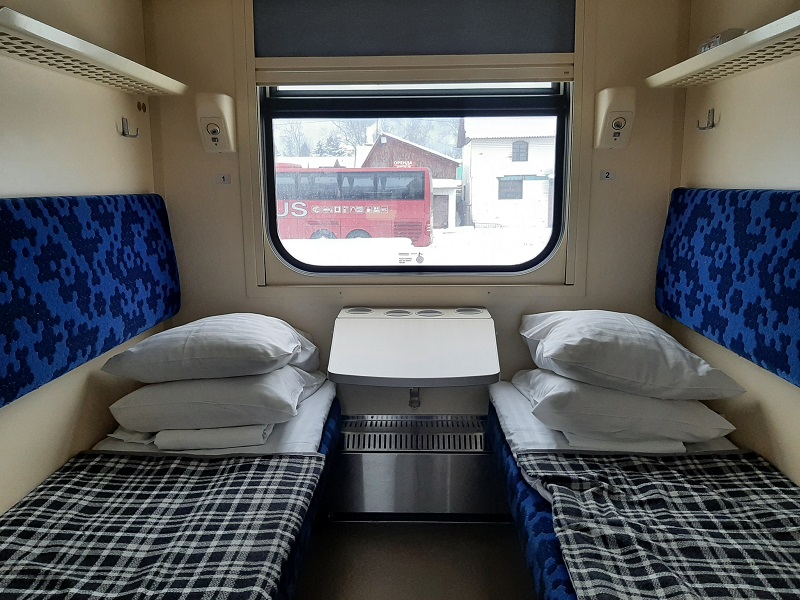Ultimate Train Travel Guide for Moldova
This guide provides all the information you need to know about train travel in Moldova, including details about the country’s railway network, domestic train services, and international rail links.
Trains in Moldova

The railway network of Moldova
As Moldova is a fairly small country in both size and population, it’s not much of a surprise that it doesn’t boast the most extensive rail network.

Train operators
Almost all of the passenger trains in Moldova are operated by the Moldovan Railways (Calea Ferată din Moldova), which is usually abbreviated as CFM.
CFM operates all domestic train services in Moldova, as well as the international night train to and from Romania.

Domestic train services
Due to the Russian invasion of Ukraine, train services east from Chișinău towards Tiraspol (in Moldova’s breakaway region of Transnistria) and Odessa have been suspended.

What are domestic trains in Moldova like
Ticket prices
Train travel in Moldova is highly affordable, with even first class train tickets not costing much by Western standards.
At most, you pay a couple of euros only when travelling across the country.
At the moment, you can’t buy tickets for domestic train trips online, so you have to do this at a ticket office at a Moldovan station (or on board the train in case the station where you board doesn’t have a ticket office).

Travelling by train to and from Moldova
Moldova to Romania by daytime train
Moldova to Ukraine by daytime train
Moldova to Romania by night train
Although it is possible to travel from Chișinău to Bucharest during the day with a simple change of trains at Iași, there is also a highly convenient direct sleeper train that connects the capitals of Moldova and Romania
Moldova to Ukraine by night train







Other international train services
Moldova used to have good rail links to Russia, with up to two daily night trains from Chișinău to Moscow, and a daily service to Saint Petersburg.
However, these train services were suspended when the coronavirus pandemic broke out, and have not been resumed since.
Given the ongoing Russian invasion of Ukraine, it is highly improbable that trains between Moldova and Russia will resume in the near future, as any potential service would need to pass through Ukraine.
Considering Moldova’s firm pro-Ukrainian and pro-Western stance, there is likely zero political appetite for such rail links anyway.

Dining cars on Moldovan trains
If your domestic train journey in Moldova is operated by one of the modernised DMU trains, you will find a small counter on board where you can purchase drinks and basic snacks.
The same applies to the Chișinău-Iași daytime service, as this is operated by a modernised DMU as well.
The Prietenia night train linking Bucharest with Chișinău features a dining car that offers a wider range of drinks and snacks, but don’t expect to find cooked dinner options here either.
It’s however a great place to drink a beer or to try out some of Moldova’s excellent wines (a bottle costs only €3.50!).
Make sure you bring some Moldovan or Romanian lei in cash, as card payments are not accepted.



Scenic railway lines in Moldova
Moldova is certainly no Switzerland when it comes to scenic train journeys.
Although it can be highly pleasant to travel by train through Moldova and the views aren’t bad, the scenery doesn’t really extend beyond rolling hills.

Railway stations in Moldova
Chișinău’s railway station is a lovely building, but compared to train stations in other European capitals, it is fairly small and has more of a provincial feel to it.
Although there aren’t many facilities and shops inside the station itself, you will find plenty of cafés, restaurants, supermarkets, and exchange offices in the immediate vicinity.
Ungheni’s train station is also quite impressive, given its status as a major railway junction and border station.
However, other stations in Moldova have a much more small-town feel, with facilities that pale in comparison to those in other European countries.

Conclusion


















